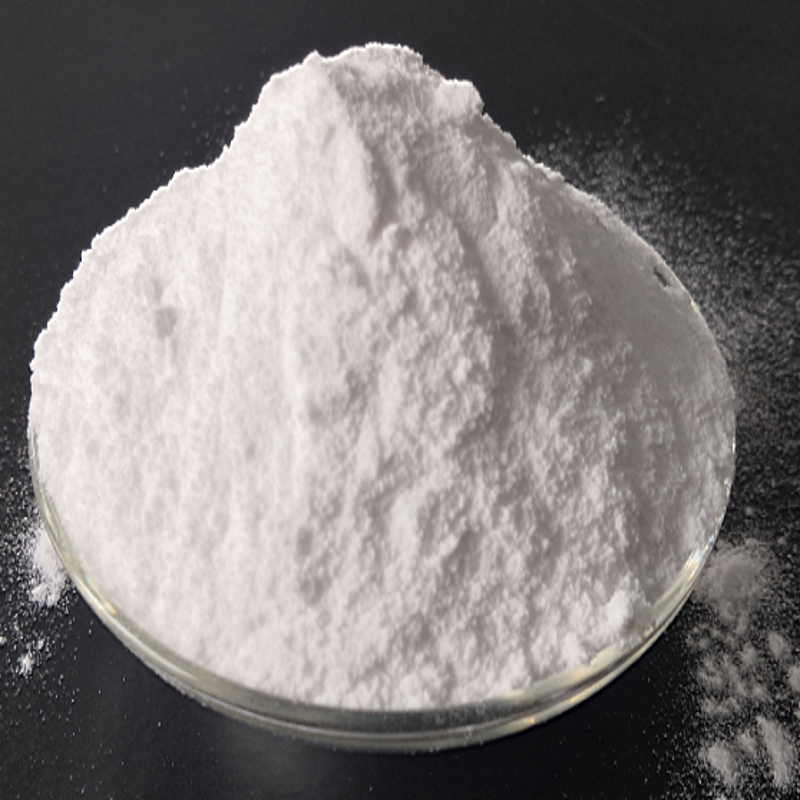-
Categories
-
Pharmaceutical Intermediates
-
Active Pharmaceutical Ingredients
-
Food Additives
- Industrial Coatings
- Agrochemicals
- Dyes and Pigments
- Surfactant
- Flavors and Fragrances
- Chemical Reagents
- Catalyst and Auxiliary
- Natural Products
- Inorganic Chemistry
-
Organic Chemistry
-
Biochemical Engineering
- Analytical Chemistry
- Cosmetic Ingredient
-
Pharmaceutical Intermediates
Promotion
ECHEMI Mall
Wholesale
Weekly Price
Exhibition
News
-
Trade Service
Researchers at the University of California, Santa Barbara, USA, demonstrated that by tuning the thickness of the active layer and embedding an optical interval between the active layer and the electrode of a small molecule organic solar cell, the efficiency of small molecule organic solar cells can be increased by 50%, from 6.
02% to 8.
94%.
In some simple demonstrations, the research team led by Professor Allan tuned the thickness of the movable layer of a small molecule solar cell, embedding a zinc oxide optical interval between the movable layer and the metal electrode, so that more light can be captured and light absorption
improved.
The optical spacer inserted into the active layer is in a more advantageous position
in the optical electric field within the battery.
The researchers explained in the paper that small molecule organic solar cells have several advantages over organic polymer solar cells: relatively simple synthesis, high charge carrier mobility, particles of the same size (monodispersity) and better reproducibility
.
However, small molecule solar cells have achieved the highest efficiency to date at around 8%, somewhat lagging behind the best polymer devices
.
Researchers at the University of California, Santa Barbara, USA, demonstrated that by tuning the thickness of the active layer and embedding an optical interval between the active layer and the electrode of a small molecule organic solar cell, the efficiency of small molecule organic solar cells can be increased by 50%, from 6.
02% to 8.
94%.
In some simple demonstrations, the research team led by Professor Allan tuned the thickness of the movable layer of a small molecule solar cell, embedding a zinc oxide optical interval between the movable layer and the metal electrode, so that more light can be captured and light absorption
improved.
The optical spacer inserted into the active layer is in a more advantageous position
in the optical electric field within the battery.
The researchers explained in the paper that small molecule organic solar cells have several advantages over organic polymer solar cells: relatively simple synthesis, high charge carrier mobility, particles of the same size (monodispersity) and better reproducibility
.
However, small molecule solar cells have achieved the highest efficiency to date at around 8%, somewhat lagging behind the best polymer devices
.







